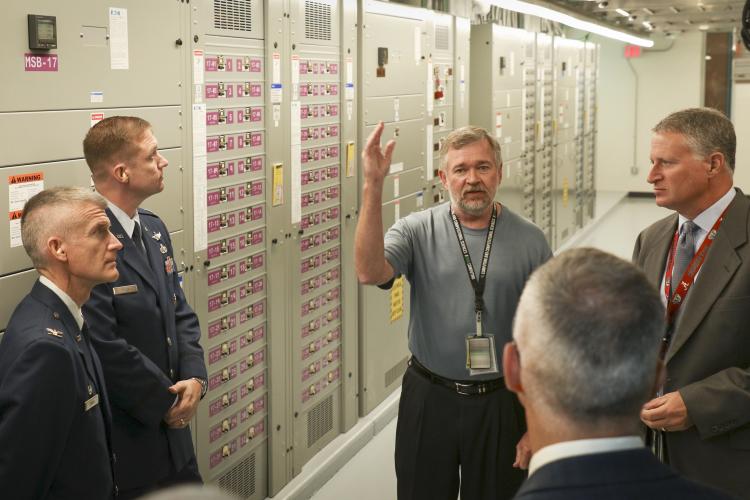
Three national laboratories, including Oak Ridge National Laboratory, are building new computer systems that could be many times more powerful than today’s top supercomputers.
The new machines are exascale systems. None have been delivered yet, but the planning for them started more than a year ago and the new high-performance systems could be delivered to the three laboratories in the next several years. Planning for the exascale computers was under way even before the world’s most powerful supercomputer, a petaflop system called Summit at ORNL, was unveiled in June 2018.
Exascale computers could be 50 to 100 more powerful than today’s petaflop computers, according to the U.S. Department of Energy. Besides ORNL, they could be located at Argonne National Laboratory southwest of Chicago and Lawrence Livermore National Laboratory east of San Francisco. The first system is expected at Argonne, followed by a second system at ORNL.
The rest of this story, which you will find only on Oak Ridge Today, is available if you are a member: a subscriber, advertiser, or recent contributor to Oak Ridge Today.Â
Already a member? Great! Thank you! Sign in here.
Not a member? No problem! Subscribe here:
Basic
- Basic monthly subscription ($5 per month)—access premium content
- Basic annual subscription ($60 per year)—access premium content
Pro
- Pro monthly subscription ($10 per month)—access premium content, get breaking news emails first, and join a private story discussion page
- Pro annual subscription ($100 per year)—save $20 per year, access premium content, get breaking news emails first, and join a private story discussion page
Temporary
If you prefer to send a check, you may do so by mailing one to:
Oak Ridge Today
P.O. Box 6064
Oak Ridge, TN 37831
Note: Most news stories on Oak Ridge Today are free, brought to you by Oak Ridge Today with help from our advertisers, sponsors, and subscribers. Some are considered premium content. This story is premium content. Premium content can include in-depth, investigative, and exclusive stories.








